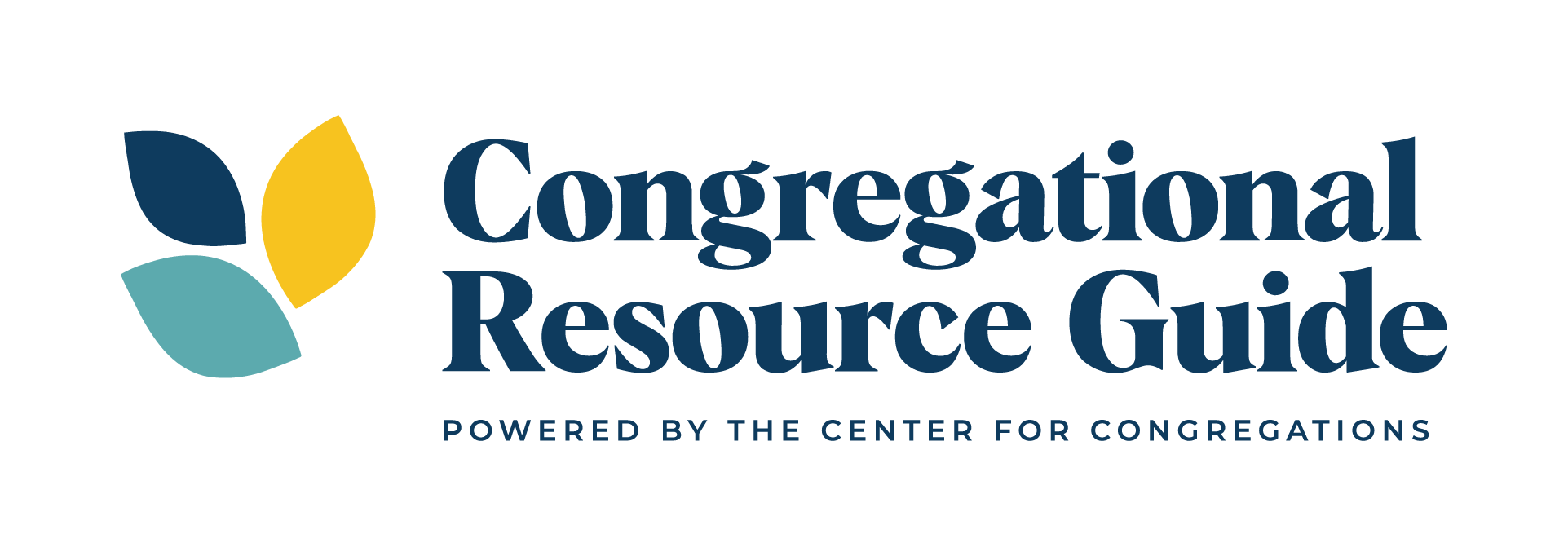Many congregational leaders know the importance of clear vision and mission statements. Some of us have experienced positive energy working with a team that articulates congregational hopes and dreams. It can be a creative endeavor. It can be fun. There is a sense of standing in the presence of hope.
What’s the difference between the two?
Many have identified careful distinctions between a mission statement and a vision statement. I like to simplify the difference.
A vision statement imagines an ideal. It states what your congregation wants to become. It is a mental picture of a desired future.
A mission statement defines purpose. Such a purpose statement describes what your congregation does. Who does it? How does it get done? It tells others why your congregation exists.
A friendly warning
Don’t create either a vision statement or a mission statement if you don’t intend to let such statements guide you every day. Your congregation should allow those tools to focus your thoughts and actions.
How many ways can you use vision and mission statements to shape congregational life?
If your vision and mission truly represent your congregation, you will find repeating the words of such statements will come naturally in many different settings. When this happens, you experience the satisfaction of serving a congregation that is clear about what it stands for and what it hopes to be.
Check out these resources on this topic: the books Holy Conversations and Mission Drift, as well as the video Overview of the Strategic Planning Process.


